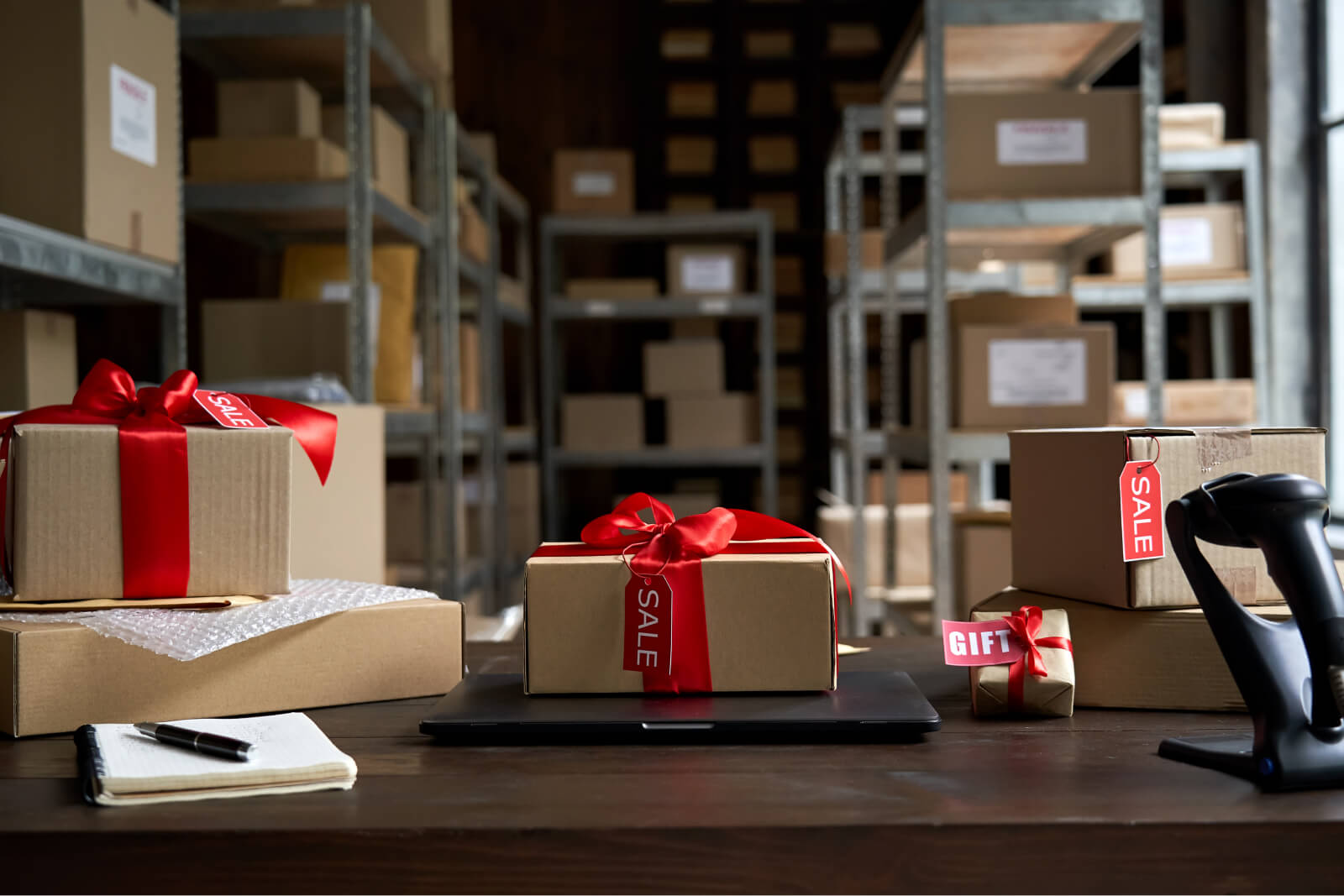
Why an optimized supply chain can be the greatest gift of all
Fall 2023 has arrived: vibrant leaves, seasonal lattes and retailers gearing up for the holiday rush. Every year, peak season poses challenges for retailers, their teams and consumers. While there’s no telling exactly what this season will hold — indeed, any retailer who knows what will happen should book the first flight to Vegas — certain trends are evident.
Unlike recent years, inventories are relatively lean. With high interest rates keeping most folks from buying new homes, we should expect to see an increase in spending on home improvement and decor. Meanwhile, consumers’ discretionary spending power is dwindling, so they’re cutting nonessential categories like apparel. And since the shortages we experienced in recent years trained us all to fear stockouts, risk-averse consumers might do their holiday shopping earlier than usual this year.
Given this outlook, what can retailers do to boost their chances of a successful holiday season? Whether they sell sweaters, screwdrivers, or sugarplums, here are some clear steps they can take to ensure a happy holiday season and a prosperous 2024.
From inventory to labor, technology is helping retailers solve several supply chain challenges. When dealing with the rush for must-have gadgets or festive decorations, retailers must ensure timely deliveries, regardless of unexpected challenges. For instance, if a popular toy is delayed due to winter storms, real-time alerts from a supply chain visibility platform can allow retailers to promptly communicate with suppliers and identify alternative solutions.
Shoppers, eager to secure the perfect gifts, value timely and accurate updates on product availability and delivery. If someone orders a special gift online, real-time tracking provides peace of mind with precise delivery estimates. And if there’s a hiccup, proactive communication ensures customers aren’t left in the dark, preserving the festive spirit.
Meanwhile, having accurate ETAs can help retailers manage their workforce more effectively. By aligning staff schedules with peak delivery and sales times, retailers ensure they’re well-equipped to handle the holiday rush, from unboxing shipments to assisting shoppers.
The dreaded product return is the next frontier for retailers to tackle – and it’s a frontier that borders inventory management, order fulfillment, customer retention, and more. Online shopping is still at a high, meaning retailers must brace themselves for massive volumes of returns this holiday season.
Retailers should do all they can to optimize their returns strategy – for the holidays and for the foreseeable future. Packaging can be used to identify, at the point of return, whether an item is resellable. Point of sale systems can also be connected to the point of return, so the system can see if any stores are out of a particular returned item – boosting the opportunity for resale, as well as customer satisfaction and loyalty in the process.
And while these and other optimization measures do come at a cost, retailers should avoid charging customers for their returns. In this environment of rock-bottom customer loyalty, a return fee is a major turn-off and will undoubtedly reduce sales. Mastering the art of the return is a worthwhile investment.
There wasn’t much point for retailers to perform any post-holiday analysis last year when supply chains were still rife with anomalies. This year, however, we seem to be hitting a balance: consumers are enjoying being back in stores, which might balance out demand reductions related to inflation and student loans. Signs suggest that 2023 will be a pretty textbook year in terms of analysis for future performance.
Of course, this analysis is easier said than done. After the holidays, retailers are in recovery mode – taking a deep breath from the crowds, marking down inventory for sales and, before long, planning for the next busy season. But they should make an effort – using the advanced analytics and AI now at their disposal, of course – to analyze their performance, optimize their strategies, and clinch customer loyalty for the next year.
According to McKinsey, the retail sector has experienced as much disruption in the past five years as it did in the previous 25. That’s a sobering statistic for retailers heading into their most stressful season.
True, most consumers have fewer spending dollars this year. Yes, labor is short and customer patience is shorter. And indeed, it remains to be seen whether retailers have stocked enough inventory to fulfill the need through the holidays – at this point, it’s probably too late to order another container and expect it to arrive on time.
But retailers should go ahead and be merry. Most signs point to a 2023 holiday season that will more closely resemble “normalcy” than anything we’ve seen since 2019, which is something we can all be thankful for. And by making just a few strategic moves, retailers can take full advantage – sailing into the New Year with happier employees, more loyal customers, and even bigger plans for the 2024 holiday season.